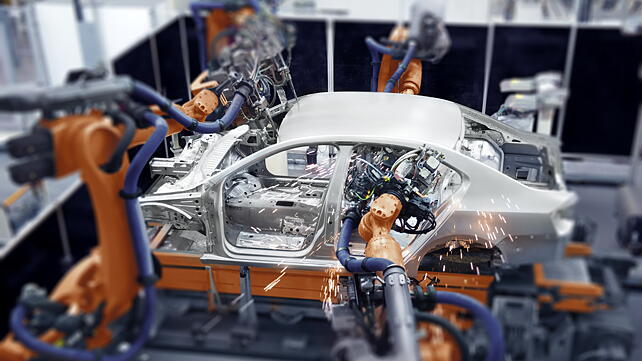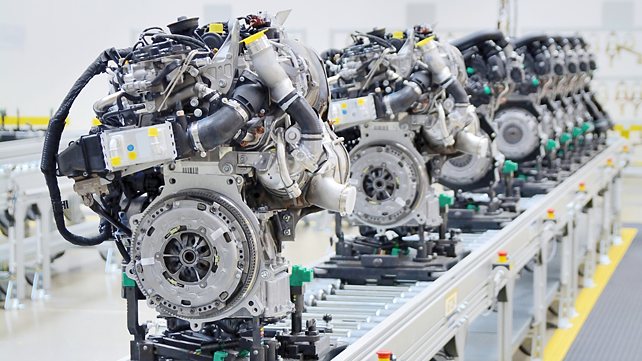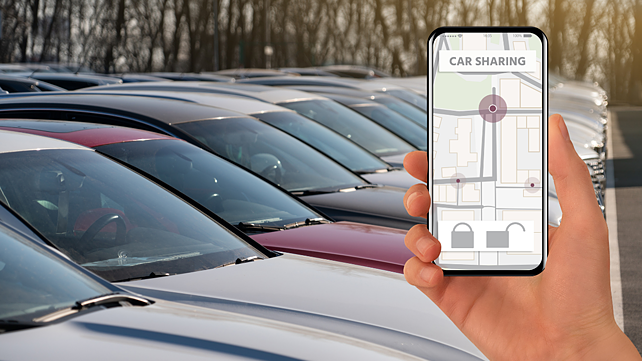
The global automotive industry was dealing with the unprecedented and immense repercussions of the COVID-19 crisis in 2020, and the sudden onset of the second wave has crumbled the reviving industry again.
Post the first COVID-19 wave towards late 2020, a good crop production, truncated demand, festive season, and ease on travel restrictions stimulated demand/ sales, and the Indian automotive industry was on its road to sequential recovery.
Needless to mention, this pandemic has caused disruptions across both supply and demand on a global scale. These disruptions in the auto industry have resulted in a loss of revenue worth billions, with recovery not possible in the near future. At the same time, it has also proved to be a catalyst for change.
With strict travel regulations, slumping car sales, lockdown, factory closures, and other restrictive measures, it is inevitable that the automotive sector in India will go through many transformations. Some of these transformations are already visible and can redefine the auto sector in the new normal.
Before COVID-19, the Indian automotive industry was already at an inflection point and witnessed a paradigm shift in a big way due to technological, regulatory, societal, commercial, operational, and economic trends. The constant push for a shift from conventional internal combustion engines to battery-run vehicles and hybrid cars, the need to evolve technologically in terms of smart and intelligent onboard software, etc., have always acted as a catalyst for change in the auto sector.

The pandemic has surfaced some new questions and opened doors for new opportunities for vehicle manufacturers.
In fact, at the operational level, the pandemic has accelerated transformations in this sector that were in the pipeline for many years. This article illustrates the various trends observed within the Indian automotive industry during the pandemic and the possible transformations that can occur in the near future.
These trends can most likely be attributed to preference for personal mobility and hygiene measures, digital customer engagement, better financing models for the customers, and resilient supply chains.
Preference for personal mobility and hygiene measures:
As India is still battling the second wave, a change in people’s preferred commute is visible. Public transportation systems such as buses and trains carry a large number of passengers. When normality returns and COVID-19 restrictions are lifted, the psychological state to remain safe and avoid crowds is expected to continue. It would result in the underutilisation of public transport and an increase in private transportation.
The desire to maintain distance has also impacted the shared mobility businesses. The pandemic has pushed shared mobility service operators to transform, and the need to change the car interiors and body design to reduce the possibility of spread of infections for passengers is an emerging expectation both in personal and shared vehicles.

The partition between passengers and drivers, use of high-efficiency particulate air (HEPA) filter, regular sanitisation by disinfectant sprays, and protectant shields to ensure in-car safety are some of the emerging trends visible in the present scenario. Some automobile manufacturers have already implemented in-cabin separations and ultra-violet technologies in their cars to make them future-ready.
The automobile manufacturers are also encouraged to implement more automation such as voice commands or collaborative robots in the production stage and reduce human touch. It would result in higher investments in research and development for the manufacturers.
Digital customer engagement:
The automotive industry will have to go through a major transformation to reduce physical interaction with customers as much as possible. The pandemic has led to an increased demand for customer engagements through the digital world.
Usage of virtual reality has increased since 2020 for product presentations/ information, brand discovery, purchasing, and aftersales. The use of interactive platforms to share real-time product information is trending and has pushed manufacturers to invest in digital marketing.
In the aftermarket too, automotive players could use interactive mobile applications and websites using virtual reality and augmented reality technologies to cater to customers. The automotive sector could adopt the best practices from the fashion and e-commerce industries for digital engagement with customers.
Better financing models for the customers:
The automotive companies have to revise their financial models to accommodate the change in markets and customer buying behaviour. The manufacturers can offer zero-interest loans, delayed payments, free insurance, used vehicle exchange programmes, and cash-back.
Subscription-based commercial models for vehicle purchases have already seen a surge in western countries. It offers an attractive option to the customers, who otherwise could not afford to buy a car. Vehicle manufacturers could also attempt to implement this model in India to have more customer engagement.

Resilient Supply Chains:
Due to the pandemic-induced lockdowns globally, lower capacities, logistics, and using conventional supply chains to lower costs by incorporating ‘just in time methods’, the automobile manufacturers have experienced a severe setback in the current times. This has called for a more resilient and flexible supply chain capable of responding well to disruptive events such as this pandemic.
OEMs could adapt the Demand-Driven Materials Requirement Planning (DDMRP) supply model to mitigate risks in production and also deploy a good enterprise resource planning (ERP) solution to extrapolate demand spikes or supply issues.
Some of the areas that OEMs must concentrate on are proactive supply chain risk modelling, dual sourcing, multiple geographies, real-time exposure throughout the supply chain levels, early event discovery capability, part replacement, and automation-ready procedures.
For instance, to focus on multiple geographies, OEMs are adapting a ‘China plus one’ strategy, wherein manufacturers plan to reduce dependency on China. It could benefit India as it has emerged as one of the most attractive manufacturing destinations in recent times.
With the on-going vaccination drive and market player’s pre-equipped knowledge on various trends impacting the Indian automotive industry, we expect that though the road to recovery would be tough, normalcy would resume soon.
About the Author: Mradula Sharma is a Senior Consultant, Mobility Practice at Frost & Sullivan
NB: This article is a part of our Knowledge Series, authored by experts from Frost & Sullivan. All images are representational in nature.